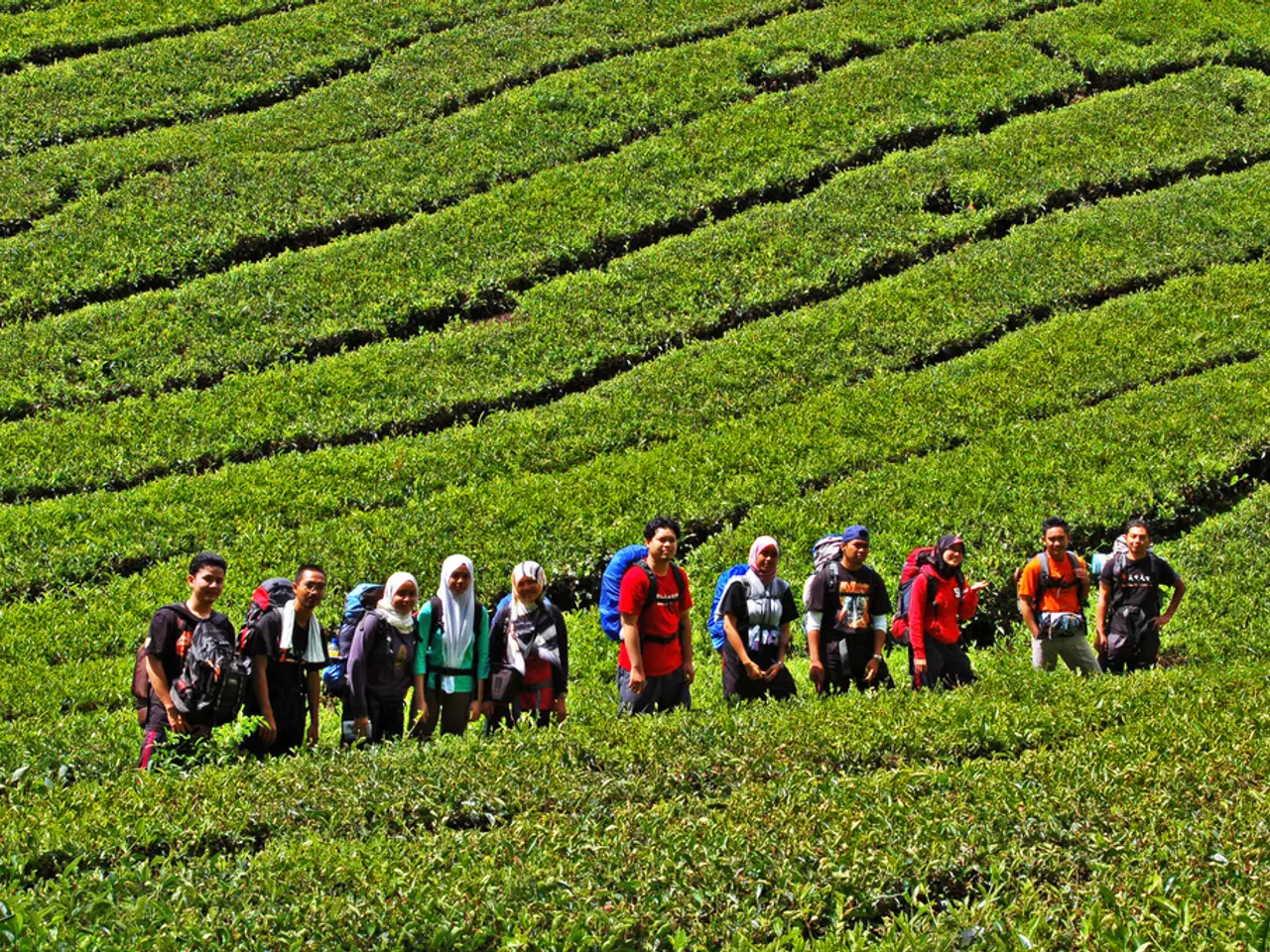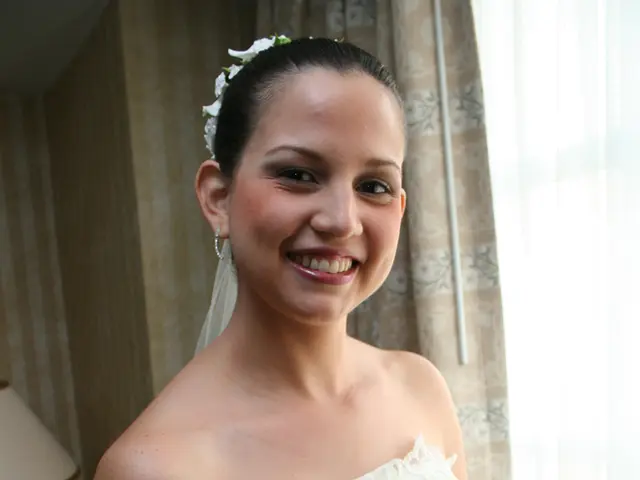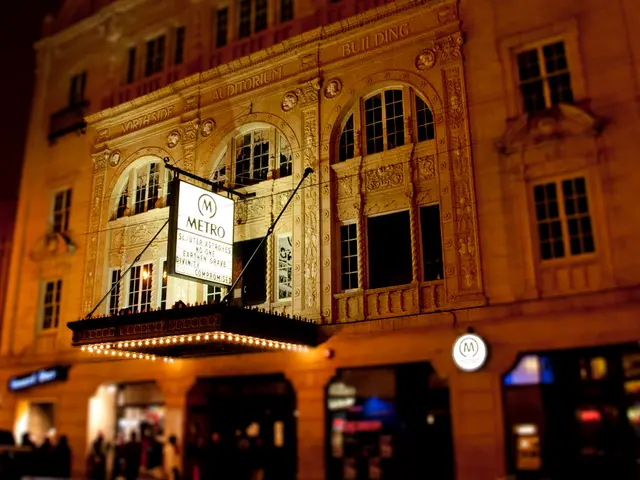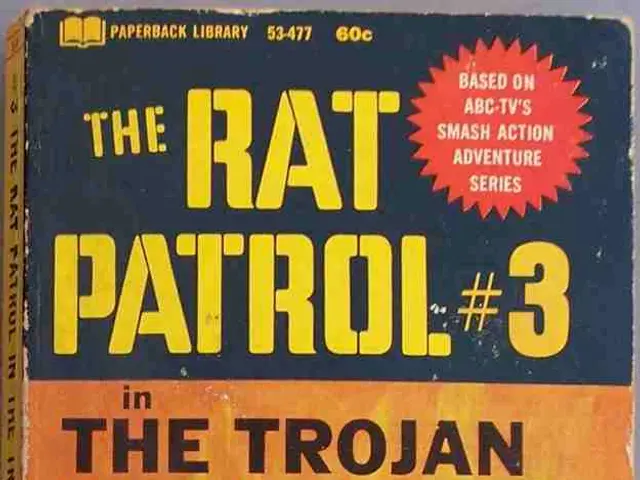Sugar production estate Hacienda La Fortuna in 19th century Puerto Rico
In the heart of Puerto Rico, the year was 1885. Francisco Oller, a renowned artist, was commissioned by José Gallart Forgas, a Spanish businessman, to paint a series of his sugar plantations. However, Oller painted only one – Hacienda La Fortuna – and later abandoned the commission after completing this first canvas.
The reasons for Oller's departure from the commission remain unknown, but it's believed that economic factors may have played a role in his initial acceptance. At the time, Hacienda La Fortuna was owned by José Ramón Fernández.
Oller's masterpiece, "Hacienda La Fortuna," offers a panoramic view of the property, with cane fields, a rustic mill, and the residence visible. Yet, only a few figures are present, and they are not tied to the plantation as workers. The smoke of the mill's small chimney suggests activity, but the tall brick chimney is unlit, indicating that the old plantation is not in operation.
This painting contrasts starkly with his later work, "Hacienda Aurora," completed in 1898. In this piece, Oller depicted a sugar plantation in Carolina, owned by Manuel Saldaña. The painting is a near-empty plantation, a reflection of the intense transition Puerto Rico was experiencing at the end of the Spanish-American war.
The sugar industry in Puerto Rico saw some stability return after 1885, but it never recovered its former standing during the remaining 13 years of the Spanish administration. The combination of a drought in the 1840s and the 1855-56 cholera outbreak marked the start of the sugar industry's decline in Puerto Rico.
Sugar production defined the economy and landscape of many Caribbean islands, particularly from the second half of the 18th century onward, as a result of European colonization. Similar representations of sugar plantations were popular in the British Caribbean during the same time period.
Oller, an abolitionist at heart, painted portraits of Puerto Rican abolitionists. Despite his initial acceptance of the commission due to economic reasons, it's possible that he used the opportunity to create art that reflected his ideals.
Hacienda La Fortuna was a bustling enterprise when it was portrayed in the painting, with workers laboring in the fields and factory buildings, and chimneys smoking. However, by the time of the painting, the old mill had been virtually abandoned, as Saldaña had already inaugurated a new and bigger operation in 1887.
Today, "Hacienda La Fortuna" stands as a testament to Puerto Rico's sugar industry past, offering a glimpse into a time when sugar plantations were integral to the local economy and landscape. The painting may represent a nostalgic composition, reflecting the intense transition of Puerto Rico at the end of the Spanish-American war.








